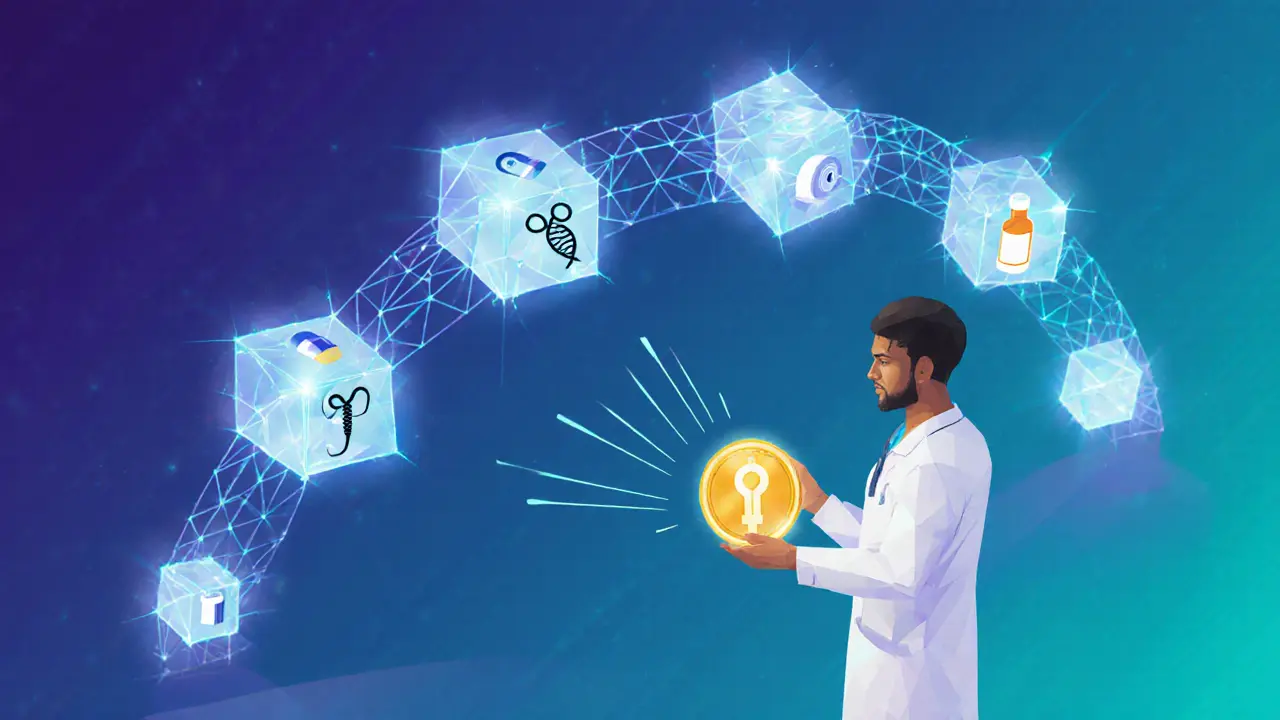Patient-Owned Data: Why It Matters and How It’s Shaping Healthcare
When working with patient-owned data, the concept that individuals control, store, and share their personal health information. Also known as personal health records, it puts the power of data back in the hands of the people who generate it. This shift means you decide who sees your lab results, fitness stats, or genome sequence, instead of a hospital or insurer pulling the plug.
Blockchain, a distributed ledger that records transactions immutably offers a way to keep patient-owned data safe and transparent. The ledger creates a tamper‑proof audit trail, so you can prove a record hasn’t been altered. In practice, patient-owned data + blockchain = trustworthy sharing without a middleman.
Decentralized identity, a self‑sovereign ID that links a person to their data without exposing private keys is the passport that lets you prove who you are when you hand over a health record. It replaces bulky usernames and passwords with a cryptographic proof, meaning you can grant a doctor access for a day and revoke it instantly.
Privacy regulations such as HIPAA, the U.S. health‑information privacy law and the EU’s GDPR, the data‑protection framework governing personal data in Europe shape how patient-owned data can be shared. They require explicit consent, auditability, and the right to be forgotten—features that blockchain and decentralized identity can enforce automatically.
From Tokens to Marketplaces: Turning Health Data Into Value
A health data marketplace, a platform where individuals sell or license their medical records to researchers, insurers, or AI firms turns your data into a tradable asset. By tokenizing records, each piece of information becomes a digital certificate you can price, track, and transfer—all while retaining control.
Tokenization doesn’t just enable payments; it fuels AI analytics, machine‑learning models that extract insights from large health datasets. When researchers access token‑verified data, they get a clean, consent‑backed dataset, which improves model accuracy and speeds up drug discovery.
Interoperability standards like FHIR, a framework for exchanging electronic health records make it possible for different apps and providers to read patient-owned data without costly rewrites. The result is a seamless ecosystem where a fitness tracker, a hospital EMR, and a research database all speak the same language.
All these pieces—blockchain, decentralized identity, privacy rules, tokenized marketplaces, AI analytics, and interoperability—form a web that empowers you. You can monetize your data, stay compliant, and keep it secure, all with a few clicks. Below you’ll find a curated collection of articles that dive deeper into these topics, from exchange reviews that illustrate the crypto infrastructure to tokenomics that show how health data can be packaged and traded. Explore the posts to see how patient-owned data is reshaping both finance and medicine.

Learn how blockchain health records enable secure, patient‑owned data sharing across providers. This guide covers interoperability challenges, hybrid architecture, real‑world pilots, regulatory tips, and a readiness checklist.
- Read More
